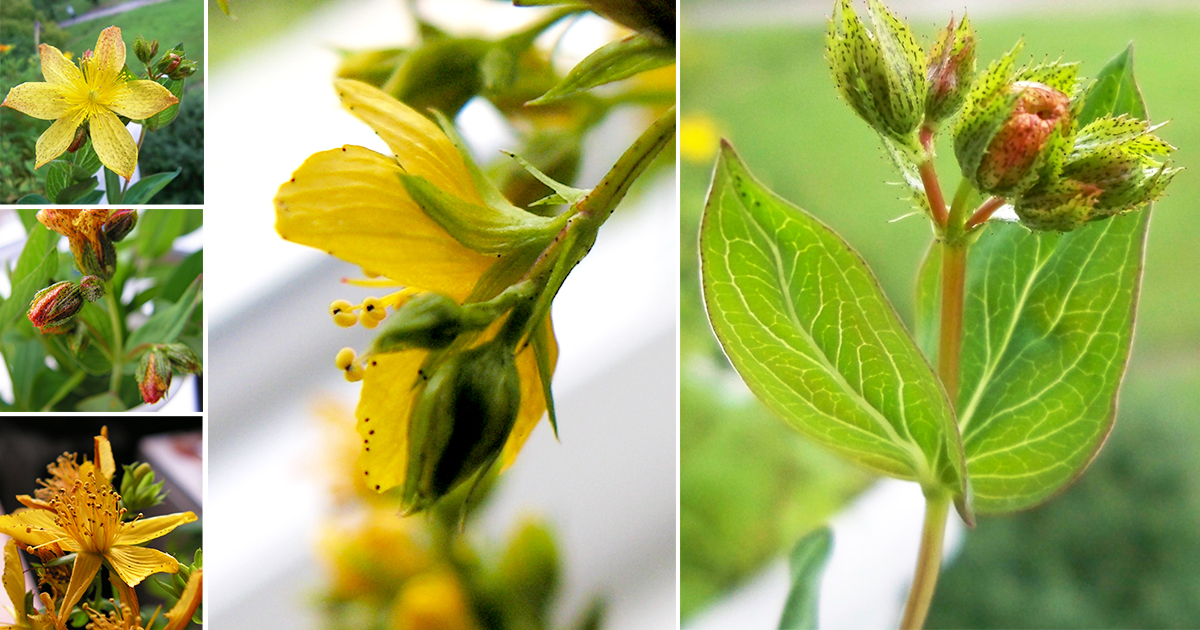Chemistry and Biology of Medicinal and Aromatic Plants
A special issue of Diversity (ISSN 1424-2818). This special issue belongs to the section "Chemical Diversity and Chemical Ecology".
Deadline for manuscript submissions: closed (15 April 2024) | Viewed by 18410

Special Issue Editors
Interests: plant cell tissue and organ culture; medicinal and aromatic plants; conservation; secondary metabolites production; pharmacognosy; plant physiology; plant growth regulators
Special Issues, Collections and Topics in MDPI journals
Interests: phytochemistry; secondary metabolites; terpenoids; flavonoids; essential oils; isolation; structure elucidation; chemotaxonomy
Special Issues, Collections and Topics in MDPI journals
Special Issue Information
Dear Colleagues,
We are pleased to present the forthcoming MDPI’s Diversity journal Special Issue entitled “Chemistry and Biology of Medicinal and Aromatic Plants”.
Medicinal and aromatic plants are vital in sustaining human health, starting from their application as teas, infusions, ointments and many other preparations in traditional practices up to their use as therapeutic molecules either in the indigenous form or as models for the total and semisynthesis of drugs. Plant-derived secondary metabolites are an important adjuvant or, in many cases, even the sole approach in the treatment of numerous health disorders. In addition, knowing the chemical diversity of a plant is inseparable from the knowledge and understanding of plant biodiversity on our planet.
The production of secondary metabolites is a fine-tuned biochemical adaptation of a plant organism for survival in its fluctuating environment throughout its sedentary life cycle. Secondary plant metabolite accumulation is a complex process, involving the integrity of the structure, function and end product. Hence, understanding the complex biochemical processes underlying secondary metabolite production also requires an integrated understanding of the biological role of secondary metabolites for plant survival.
In collaboration with Diversity’s team, we kindly invite contributors to share their relevant research dedicated to the “Chemistry and Biology of Medicinal and Aromatic Plants”. This Special Issue is an opportunity for researchers from many areas of plant sciences to present their works dedicated to secondary metabolite production in medicinal and aromatic plants—from the rich metabolite spectrum defined by the taxonomical plant diversity to the complexity of factors that can affect the metabolic profile in even one and the same plant taxon due to the complexity of the genetic, climatic, geographical, etc., aspects of its environment. Contributions regarding novel biological plant activity aspects underlined by their chemical constituents are also welcomed in this Special Issue.
Dr. Kalina Danova
Prof. Dr. Antoaneta Trendafilova
Guest Editors
Manuscript Submission Information
Manuscripts should be submitted online at www.mdpi.com by registering and logging in to this website. Once you are registered, click here to go to the submission form. Manuscripts can be submitted until the deadline. All submissions that pass pre-check are peer-reviewed. Accepted papers will be published continuously in the journal (as soon as accepted) and will be listed together on the special issue website. Research articles, review articles as well as short communications are invited. For planned papers, a title and short abstract (about 250 words) can be sent to the Editorial Office for assessment.
Submitted manuscripts should not have been published previously, nor be under consideration for publication elsewhere (except conference proceedings papers). All manuscripts are thoroughly refereed through a single-blind peer-review process. A guide for authors and other relevant information for submission of manuscripts is available on the Instructions for Authors page. Diversity is an international peer-reviewed open access monthly journal published by MDPI.
Please visit the Instructions for Authors page before submitting a manuscript. The Article Processing Charge (APC) for publication in this open access journal is 2100 CHF (Swiss Francs). Submitted papers should be well formatted and use good English. Authors may use MDPI's English editing service prior to publication or during author revisions.
Benefits of Publishing in a Special Issue
- Ease of navigation: Grouping papers by topic helps scholars navigate broad scope journals more efficiently.
- Greater discoverability: Special Issues support the reach and impact of scientific research. Articles in Special Issues are more discoverable and cited more frequently.
- Expansion of research network: Special Issues facilitate connections among authors, fostering scientific collaborations.
- External promotion: Articles in Special Issues are often promoted through the journal's social media, increasing their visibility.
- Reprint: MDPI Books provides the opportunity to republish successful Special Issues in book format, both online and in print.
Further information on MDPI's Special Issue policies can be found here.






